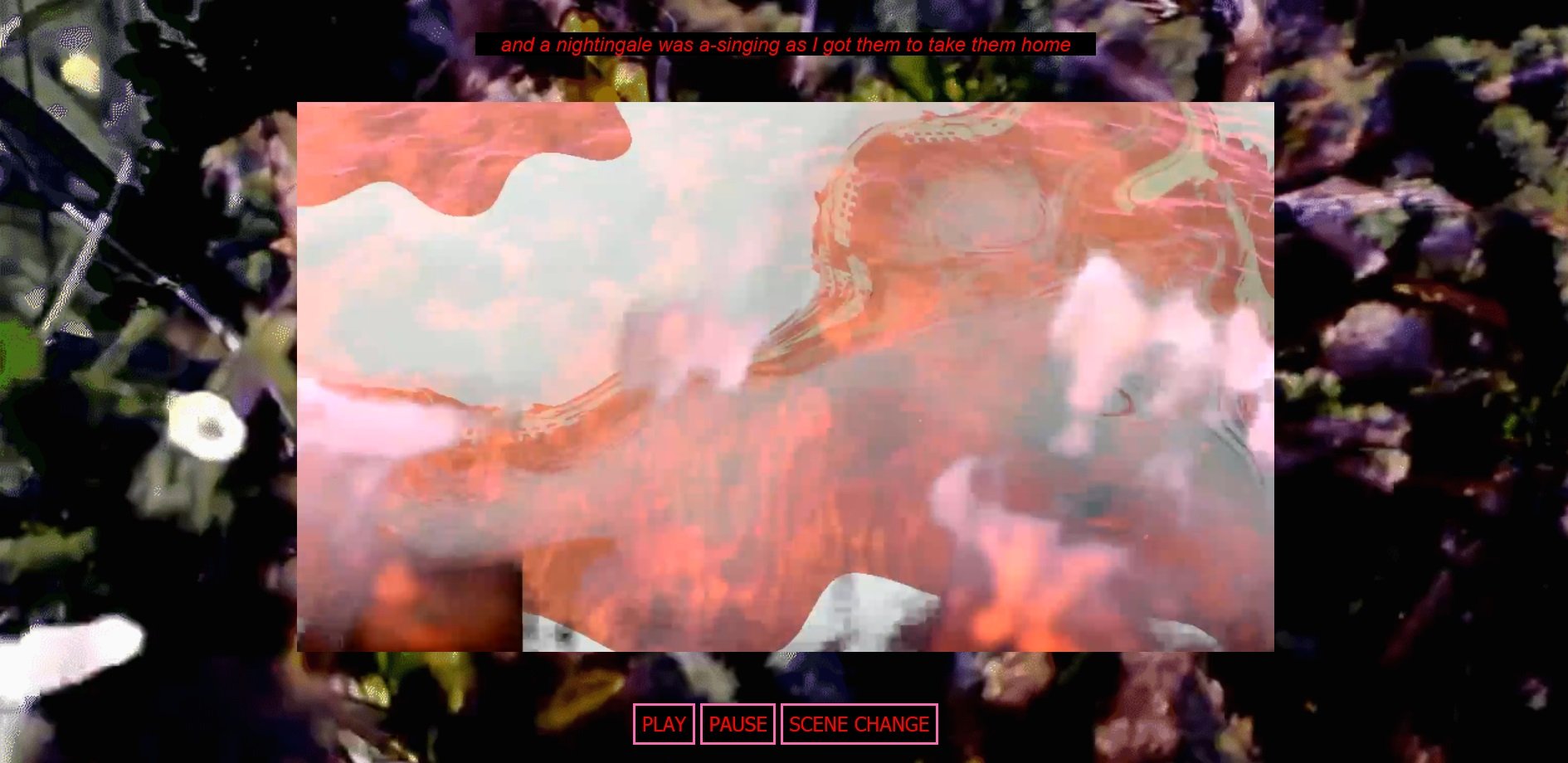‘Augmented Reality’ (2021)
This new audio work by Jayne Dent is written to accompany the listener through liminal spaces, actively encouraging the interruption of sounds and impressions from the environment around the listener to ‘finish assembling’ the piece: you are invited to take it for a walk.
It embraces zoning out and distraction as much as it encourages us to notice things more vividly, the traffic, birds and other environmental sounds and sights that greet us at the bus stop or on our walks. It is constructed of almost entirely digital sounds, with synthesised orchestral instruments as well as artificial static and synthesisers. The only organic sound we hear is the voice, which comes with layers of digital distortion and texture embedded within it, acting as the bridge between the listeners environment and the digital augmented reality space.
The piece is in part inspired by the practice of building grottos and follies; superficial and decorative buildings and augmentations to the landscape by wealthy landowners which give the illusion of a history that is not present, sometimes already built in a romantic ‘ruined’ state. It is inspired too by tales of defiance of trespass laws, roaming and rambling and the importance of reclaiming common land for public use.
The audio work is accompanied by a lino print which acts as both a graphic performance score and word-cloud, titled “Augmented reality part one (part two is around you)”.
Commissioned by Monkfish Productions
‘The Walled Garden’ (2020)
'The Walled Garden' is an audio-visual piece consisting of several collaged elements. The audio is a collage of voice and synthesiser improvisations, textures, words and field recordings. The video is a corresponding collage of footage of flowers, plants, water and places at the edge of cities. On top of the video is a feedback loop performed live with a webcam, which feeds the original video back through itself, cutting out certain colours with greenscreen technology to create a flickering, unpredictable textural layer on top of the original video.
The audio/video element is broken into six parts and lasts 22 minutes in total. On each reloading of the page, a random fragment of the video appears. This is set in a webpage that expands the collage beyond the rectangle of the video by introducing a randomised looped moving background taken from the video and a randomised line from the lyrics as a heading.



